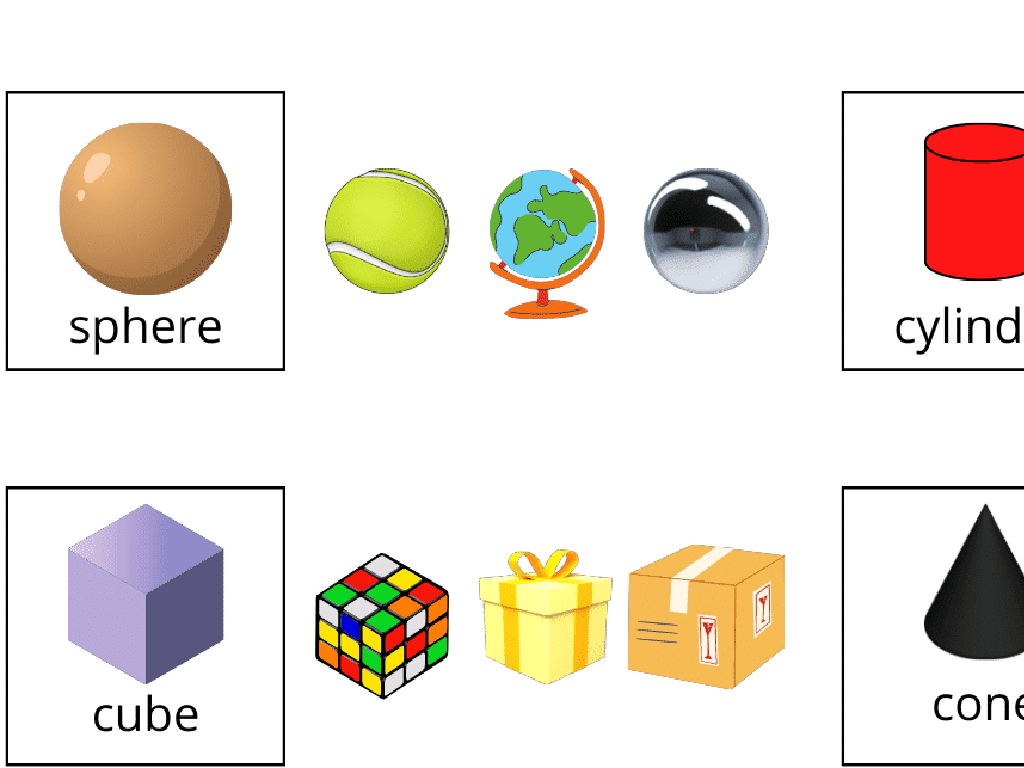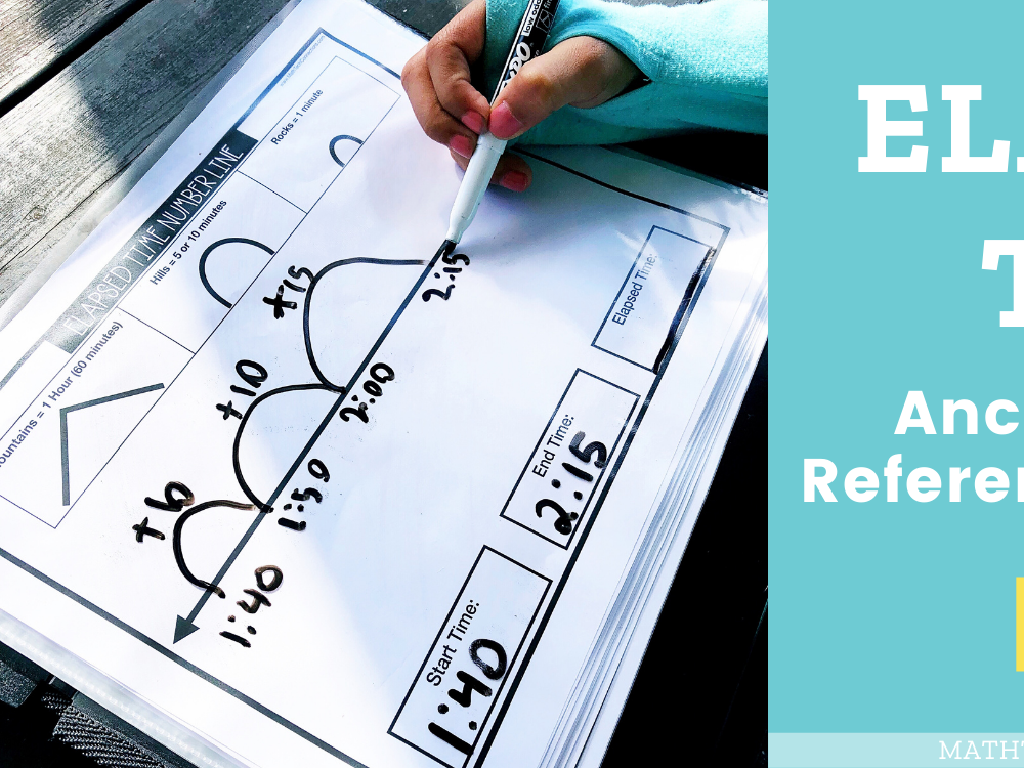Analyze Natural Hazard Maps
Subject: Science
Grade: Sixth grade
Topic: Natural Hazards
Please LOG IN to download the presentation. Access is available to registered users only.
View More Content
Welcome to Natural Hazards: Map Analysis
– Define natural hazards
– Events like earthquakes, floods, that can cause harm.
– Importance of studying hazards
– To prepare and protect communities.
– Overview of hazard maps
– Maps showing areas at risk from natural hazards.
– Today’s lesson focus
|
This slide introduces the concept of natural hazards to the students, aiming to define what natural hazards are, such as earthquakes, floods, and hurricanes, and their potential impact on the environment and society. Emphasize the importance of studying these events to better prepare for and mitigate their effects. Introduce natural hazard maps as tools that help us visualize and analyze areas at risk. Today’s lesson will focus on how to read and interpret these maps, understand the data they present, and how this information can be used for safety planning and disaster preparedness. Encourage students to think about natural hazards they are familiar with and how mapping might help communities.
Understanding Natural Hazards
– Define a natural hazard
– A natural hazard is an extreme event that occurs naturally on Earth.
– Types of natural hazards
– Earthquakes, volcanoes, floods, hurricanes are a few examples.
– Impact on environment & life
– These events can destroy habitats, change landscapes, and endanger lives.
– Analyzing hazard maps
– Maps show potential risk areas and help in planning and response.
|
This slide introduces the concept of natural hazards to students, explaining what they are and the various forms they can take. Emphasize that while natural hazards are natural events, they become disasters when they negatively impact human life. Discuss the different types of natural hazards, such as earthquakes, volcanoes, floods, and hurricanes, and how they can affect both the environment and human societies. Highlight the importance of analyzing natural hazard maps, which are crucial tools for disaster preparedness and mitigation. These maps help us understand where natural hazards are likely to occur and their potential severity, which is essential for effective planning and response strategies. Encourage students to think about how this information might be used by governments and communities to reduce risks.
Understanding Natural Hazard Maps
– Define a natural hazard map
– A tool showing potential disaster areas
– Importance for safety & planning
– They guide emergency responses and community preparations
– Deciphering map symbols & legends
– Symbols/legends represent different hazards and risk levels
– Engage with hazard map activities
|
This slide introduces students to the concept of natural hazard maps, which are crucial tools for understanding and preparing for potential natural disasters. Begin by defining what a natural hazard map is and discuss the various types of hazards that might be represented. Emphasize the importance of these maps in planning safe building locations, evacuation routes, and emergency preparedness. Teach students how to read the symbols and legends on these maps, which indicate the severity and type of hazard. Engage students with an activity where they analyze a sample hazard map, identify the symbols, and discuss what actions might be taken based on the information provided. This will help them appreciate the practical applications of science in real-world scenarios.
Case Study: Earthquake Hazard Map
– Identify high-risk zones
– Look for areas marked with intense colors on the map
– Scale and frequency of quakes
– Notice how often and how strong earthquakes are in each zone
– Building adaptations for safety
– How are buildings designed to withstand shaking?
– Community preparedness strategies
– What plans are in place to protect people during an earthquake?
|
This slide introduces students to the practical application of earthquake hazard maps. Start by explaining how to read the map, focusing on identifying areas that are most susceptible to earthquakes. Discuss the importance of understanding the scale, which indicates the magnitude, and frequency, which refers to how often earthquakes occur. Highlight how engineers design buildings with special features to endure seismic activity and how communities develop emergency response plans. Encourage students to think about the implications of living in high-risk areas and the importance of being prepared for natural disasters.
Case Study: Flood Hazard Map Analysis
– Identify flood-prone areas
– Look for color-coded regions indicating risk levels
– Understand flood zones significance
– Zones show potential flood frequency and severity
– Learn flood prevention measures
– Explore barriers, floodways, and proper land use
– Discuss reducing flood damage
– Discuss emergency plans, insurance, and community strategies
|
This slide introduces students to the practical application of analyzing flood hazard maps. Start by showing how to identify areas at risk of flooding, using color codes to indicate different levels of flood risk. Explain the significance of flood zones, including how they are determined and what they mean for residents in those areas. Discuss measures that can be taken to prevent or mitigate flood damage, such as the construction of barriers, appropriate land use, and the establishment of floodways. Finally, encourage students to think about how communities and individuals can reduce the impact of floods through emergency preparedness, obtaining flood insurance, and participating in community resilience strategies. Use real-world examples to illustrate these points and engage students in a discussion about the importance of understanding flood risks.
Analyzing Natural Hazard Maps
– Interpreting map colors and patterns
– Colors often represent intensity; patterns may indicate frequency or type of hazard.
– Topography’s impact on hazards
– High elevations can affect weather patterns, leading to certain natural hazards.
– Geography’s role in natural events
– Proximity to water bodies or fault lines can increase risk of specific hazards.
– Safety tips using hazard maps
– Learn evacuation routes and safe zones highlighted on local hazard maps.
|
This slide aims to educate students on the critical skill of reading and understanding natural hazard maps. Emphasize that colors and patterns are key to interpreting the severity and type of hazard. Explain how mountains or valleys can influence the occurrence of hazards like landslides or floods. Discuss how living near oceans or fault lines can predispose areas to tsunamis or earthquakes. Offer practical safety tips, such as identifying safe zones and evacuation routes on these maps. Encourage students to look at local hazard maps and discuss what they observe. This will help them appreciate the importance of geography in natural events and how to use this knowledge for safety planning.
Activity: Create Your Hazard Map
– Create a map of local hazards
– Identify regional natural hazards
– Think about floods, earthquakes, etc.
– Use symbols for different hazards
– Use shapes/colors for hazards
– Include a legend on your map
– A key to decode the symbols used
|
In this class activity, students will apply their knowledge of natural hazards by creating a map that highlights potential dangers in their local area. Provide students with a base map of the region and art supplies. They should research and identify various natural hazards that could affect their region, such as flood zones or earthquake fault lines. Students will then use symbols and colors to represent these hazards on their map, creating a legend to explain their symbology. This hands-on activity will help students understand the importance of hazard maps and how they are used in real-world scenarios for disaster preparedness and planning. Possible variations of the activity could include group work for larger maps, focusing on historical events, or digital map creation using online tools.
Staying Safe: Understanding Natural Hazards
– Recap: Natural Hazards & Maps
– We’ve learned how hazard maps show potential danger zones.
– Safety Tips for Hazards
– For earthquakes: Drop, Cover, and Hold On. For floods: Seek higher ground.
– Staying Informed & Prepared
– Use apps and alerts to get updates on potential hazards.
– Importance of Emergency Plans
– Have a family emergency plan and practice it regularly.
|
This slide aims to summarize the key points about natural hazards and the critical role of hazard maps in safety planning. Emphasize the importance of understanding the information presented by hazard maps to identify risk areas. Discuss specific safety tips for various natural hazards, such as earthquakes and floods, and tailor these tips to the types of hazards that are most relevant to the students’ region. Encourage students to stay informed about potential hazards through technology and to have a proactive approach by preparing emergency plans with their families. This will not only help them to stay safe but also to reduce anxiety by feeling more in control and ready to face natural disasters.
Class Discussion: Reflecting on Natural Hazards
– Recap of today’s natural hazard lessons
– Real-life applications of hazard knowledge
– How might this knowledge help in emergency planning or staying safe?
– Open Q&A session
– Share your thoughts and learnings
– Encourage students to think critically about the day’s lesson
|
This slide is meant to facilitate a class discussion at the end of the lesson on natural hazards and maps. Start by asking students to summarize what they’ve learned about natural hazards, such as earthquakes, floods, and hurricanes, and how these can be identified and analyzed using maps. Encourage them to think about practical applications of this knowledge, such as understanding evacuation routes or safe zones in their community. Open the floor for questions to clarify any doubts and to allow students to engage with the material actively. Finally, ask students to share their thoughts or any interesting insights they’ve gained from the lesson. This will help reinforce their understanding and allow them to express their perspectives.






